Tips for Selling Shoes on Poshmark, Part 1: Evaluating Condition
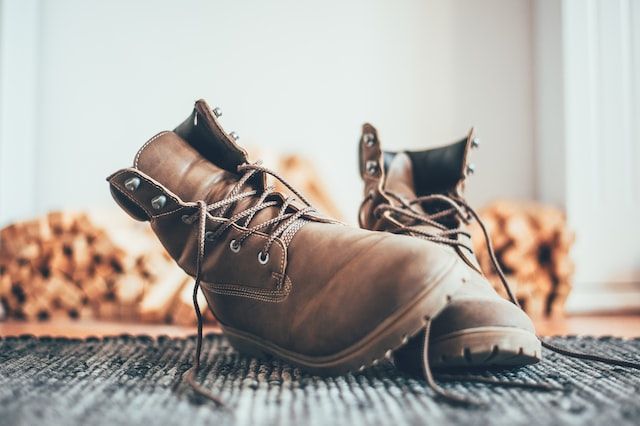
Ready to move beyond the clothing frontier?
There are so many reasons to be brave and sell shoes on Poshmark! Of course, selling shoes will involve expanding your skill set in evaluating condition, cleaning/prepping, photographing, and even storing your inventory. But it’s worth the effort. Why?
- They can command a higher profit margin. Depending on what you’re able to source, sensible basics, good-condition technical/outdoor, high fashion, and on-trend vintage shoes are worth the investment, and buyers know it.
- They’re more size agnostic. If a buyer’s only able to find an item or two in your closet in their size, chances are offering shoes and other accessories can help them build a bundle.
- They’ll expand your repertoire of saleable items when sourcing. And the more you’re able to find in one sourcing trip to sell, the better your dollar-per-hour rate gets while selling.
Ready to get started?
Here are a few guidelines for choosing, prepping, and listing your shoes.
Evaluating Shoes for Reselling
Start with a few pairs of your own shoes, if possible. This will help acquaint you with the evaluation and description process before introducing picking into the mix.
Ignore any surface dirt for now—we’re more checking for issues you can’t easily resolve that would disqualify shoes for resale.
Soles
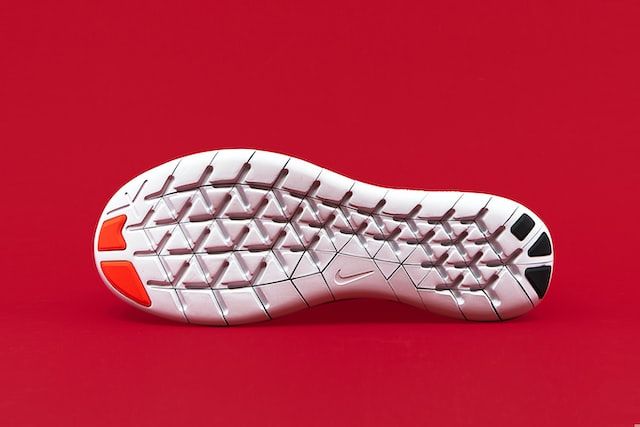
I’ll try to be specific as we go here so you’ll get a feel for shoe vocabulary.
Soles refer to the bottom part of the shoe that comes in contact with the ground when you walk. They are typically made of rubber or other durable materials and provide traction and support.
Check here for any signs of wear and tear, such as scuffs, scratches, or holes. I once found a pair of boots with not one, but THREE nails in the soles!
You should also make sure the tread is still intact and that the sole is not worn down or uneven. If you see any issues with the soles, it's likely that the shoes have been worn extensively and may not be worth reselling.
Lastly, gently bend the shoes and check from the side view: any weird gapping, flapping, cracking, or other warning signs? Soles coming away from the rest of the shoe is a major deal-breaker, but not always obvious at rest.
Uppers
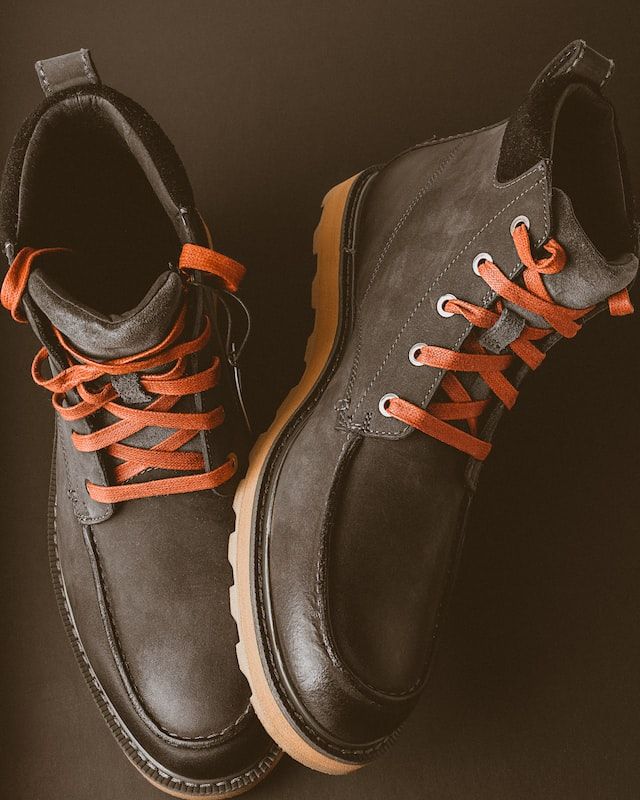
The upper refers to the part of the shoe that covers the top of the foot. It includes the material that makes up the body of the shoe, as well as any laces, straps, or other closures.
You’ll want to check this area for any visible signs of damage or wear, such as scratches, scuffs, or discoloration. Keep in mind that fading and staining are tougher to fix than surface dirt, and some surfaces, like fabric on a waterproof shoe, are easier to clean than others (suede or nubuck). It’s also worth taking in general wear as indicated by creasing or wrinkling. This is especially important with leather items and pricey sneakers.
Is there any stitching on the shoes? Make sure it's still intact. If the shoes have laces, make sure they are in good condition and not frayed or damaged (though note: I’ve purchased shoes to resell that were missing laces and simply replaced them. Just make sure you note in the listing that they’ve been swapped out).
If you do notice any issues, it's important to consider whether they can be repaired or if they are beyond repair.
Insoles
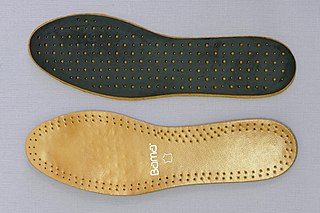
An insole is the part of the shoe that sits inside the shoe and directly beneath the foot. It is typically removable and can provide extra cushioning and support for the foot. It can also help absorb sweat and prevent odors from developing inside the shoe.
Check these to see if they are still intact and not peeling away from the bottom of the shoe. Look for any stains or odors inside the shoes, as this can be a turnoff for buyers (for obvious reasons).
Separate from the insole, I’ve also found pilling to be a common issue with sneakers and boots that have a fleecy lining. It’s also possible for portions of the inside of the tongue or heel to have wear or even holes. Make sure to check these spots too and disclose any non-deal breakers in your listings.
Overall Appearance of the Shoes
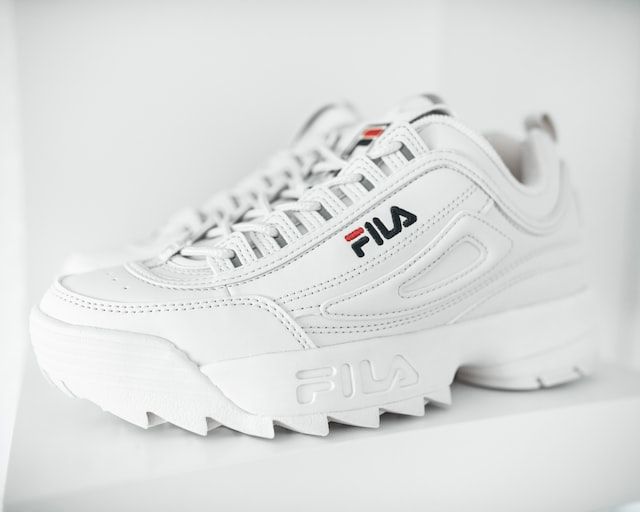
Pretty self explanatory, but it’s easy to get caught up in the details and forget to take in the big picture. Are the shoes presentable and in good condition? Are they in style or hopelessly out of date? Do they have any unique features that would make them attractive to buyers? Do they not have explicit flaws, but just seem pretty darn worn out? It's important to take a step back and evaluate the shoes as a whole, considering their overall condition and whether they are worth the time and effort to resell.
By being thorough and evaluating every aspect of the shoes, you'll be better equipped to determine their condition and whether they are worth reselling. Remember to take your time and be patient when evaluating shoes, as this will help ensure that you make the best decision for your reselling business.
Next up? Come back for Part II: Preparing Shoes for Selling. We’ll cover cleaning, polishing, and dealing with any flaws.
XOXO,
ClosetWitch

